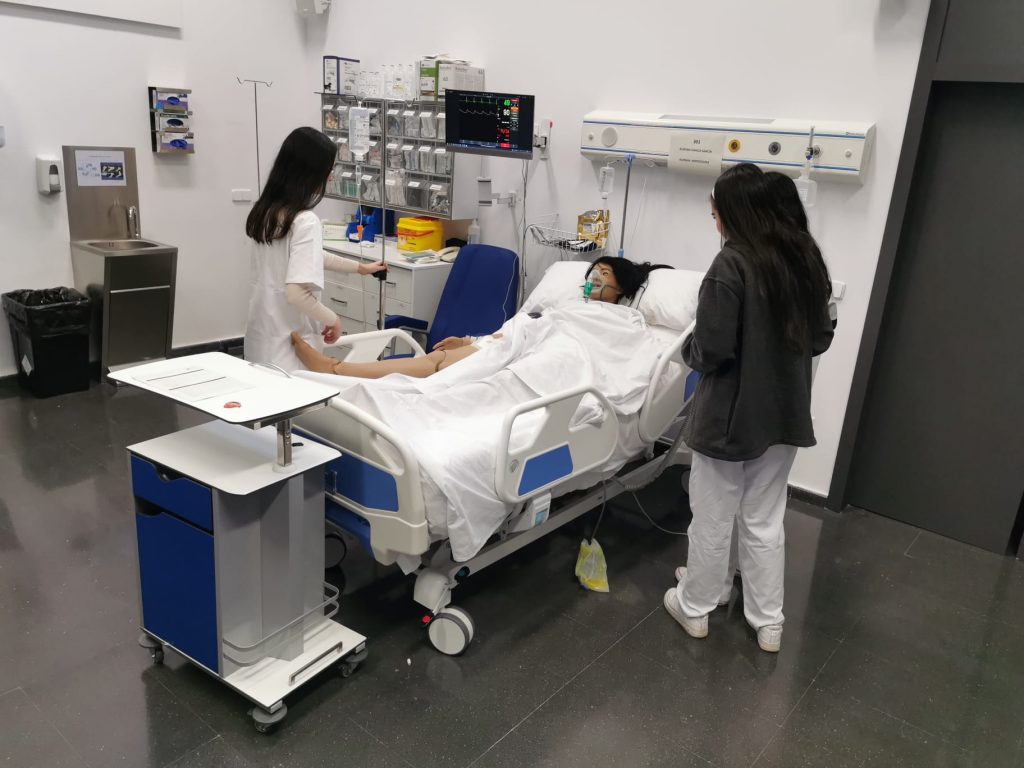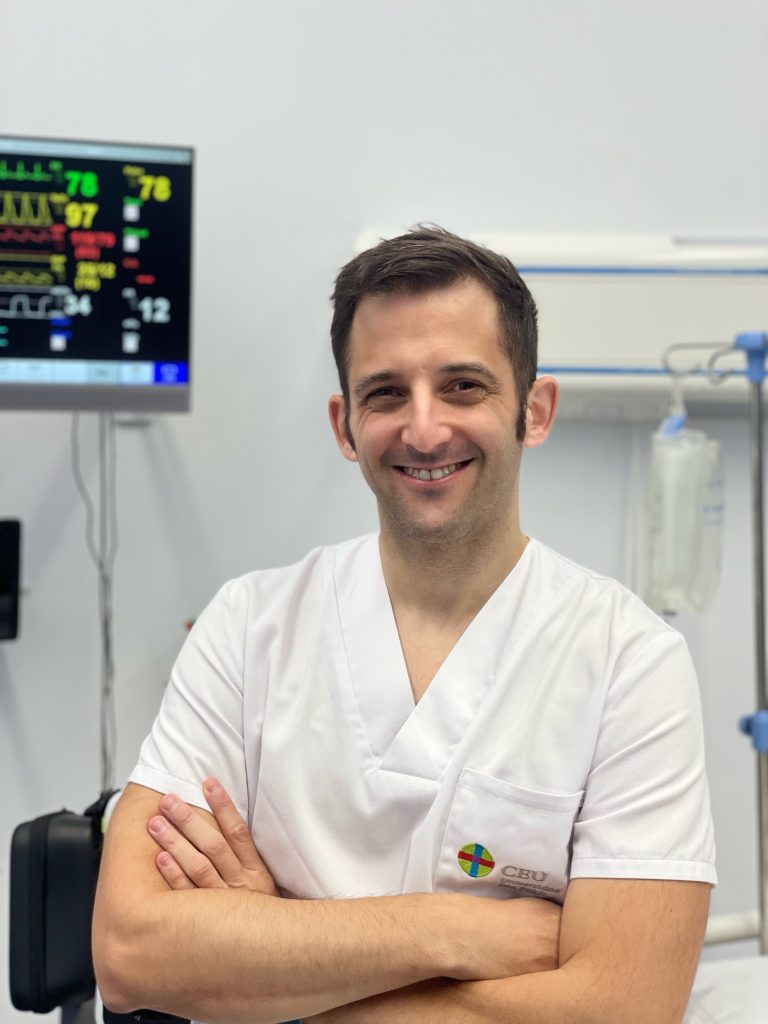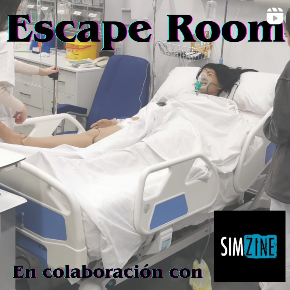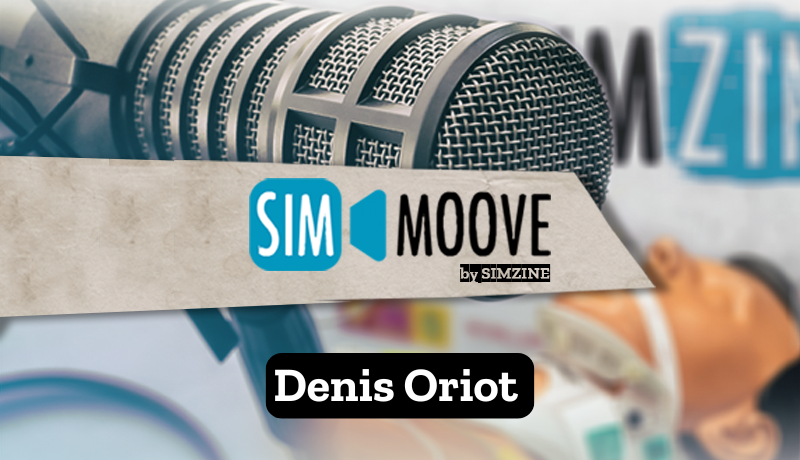Los escape room son unas excelentes actividades de aprendizaje en la formación de profesionales sanitarios, tanto en postgrado, como en pregrado. Nos lo cuenta Álvaro Trampal Ramos, alias @enfermerodesimulacion
Escape room activities or escapism rooms have been booming in recent years in the training of health professionals, both postgraduate and undergraduate. In this article we will analyze the basic elements that we must take into account when developing this gamification activity.
In the escape room, the students are “locked” in a room with the teacher and through tasks, riddles and solving a series of problems related to the objective of the activity, they have to get out of the room in a set time. Escape room activities are an excellent gamification tool in which we can achieve new learning or consolidate existing knowledge.
Like all activities based on clinical simulation, the escape room must be well planned. We can follow the standards set by the International Nursing Association for Clinical Simulation and Learning (INACSL) to design the activity, such as planning results and objectives, facilitation, prebriefing and structured debriefing, evaluation, etc.
A key point in this type of activity is the materials. We have all the imaginable materials at our disposal. The main materials that are usually used are:
- Candados: en el mercado tenemos una grandísima variedad de candados. Pueden ser de combinación numérica, de llave, de movimiento y con multitud de formas, colores y diseños. Son una excelente herramienta para descifrar números y combinaciones. Por ejemplo, podemos marcar como clave de apertura del candado dosis de los fármacos, posición de los electrodos, movimiento de un trazado del electrocardiograma en una derivación y un largo etcétera.
- Cajas: una de las herramientas más utilizadas en los escape room son las cajas. Tenemos infinidad de tipos y modelos. Los participantes en la actividad estarán con mucho estrés, por lo que estas cajas tienen que ser resistentes, ya que, con las prisas, puede que los alumnos no sean demasiado cuidadosos con el material. En función de si queremos que se vea el contenido de las cajas o no, tendremos que comprar o fabricar cajas opacas. Además podemos añadir algún mecanismo de apertura o cierre con candado, si no viene incorporado en la caja, así como un sistema de bisagras.
- Otro elemento importante es un reloj. Los alumnos deben tener muy claro el tiempo que tienen para completar la actividad. Para ello, debemos usar un reloj en el escenario; este reloj puede ser el de un ordenador o un cronómetro que tengamos en la sala de críticos.
- Podemos incorporar a nuestra actividad todo el material que podamos imaginar; desde una baraja de naipes, rotulador invisible de luz ultravioleta, fotos, hasta un maniquí de alta tecnología. Todas las actividades que haga el alumno tienen que tener un propósito, es decir, un objetivo de aprendizaje. Por ejemplo, podemos poner una foto de Florence Nightingale con una interrogación en el año de nacimiento. Los alumnos tendrán que poner 1820 en el candado para poder abrirlo y descubrir la siguiente pista. Con esta simple actividad, estamos haciendo que el alumno recuerde el año en que nació Florence Nightingale.

Another important point of the activity that we do not have to forget is space and time. It is not the same to perform an activity with a group a day, than with several consecutive groups. The ideal would be to have several identical rooms to be used in rotation. While we use one, a collaborator sets up another room again for the next group. I know this is not feasible most of the time, so we have to schedule the time that allows us to put the scenario back up for the next group. One solution is to carry out the debriefing in a separate room and have a collaborator prepare the scenario. To achieve an exact reproduction of the content of the room, it is recommended to take photographs of the space and the key points of the activity so that all the groups have the same experience.

When working with different groups it is important to stress the principle of confidentiality during the prebriefing; students do not have to reveal the “tricks” of the scenario to their classmates so that the new groups live the learning experience to the fullest.
Regarding time, it is an important factor: for this reason, it is advisable to carry out a previous piloting. Escape room activities usually last about 30 minutes, including a couple of lifeguards to help students continue if they get stuck. These lifeguards may be scheduled 10 and/or 20 minutes after the start of the activity; this time will vary depending on the complexity of the task and the objectives previously set.
In conclusion, gamification activities in health sciences are becoming more important every day, allowing students and teachers to escape the traditional model of lectures in which students are passive actors in the training. Escape rooms are excellent learning activities, allowing participants to acquire new knowledge or review what they have learned in a fun and enjoyable way.
¿Te gustaría saber más? Encuentras más información en el vídeo de Instagram de @enfermerodesimulacion:

READ ALSO





































